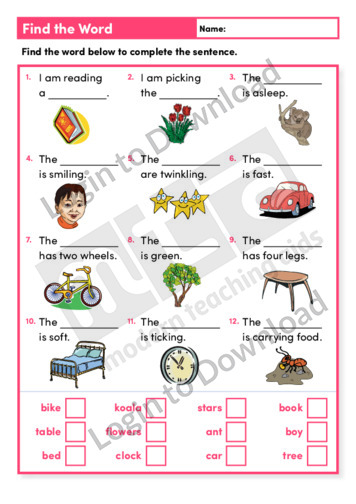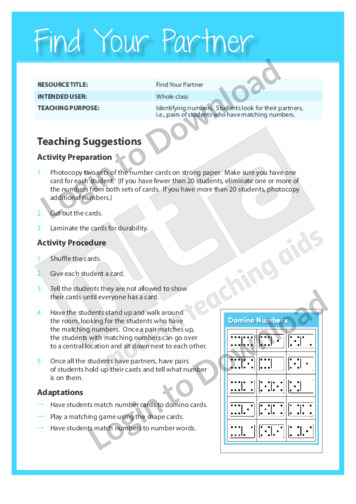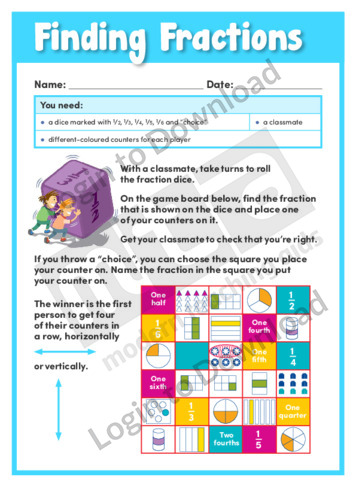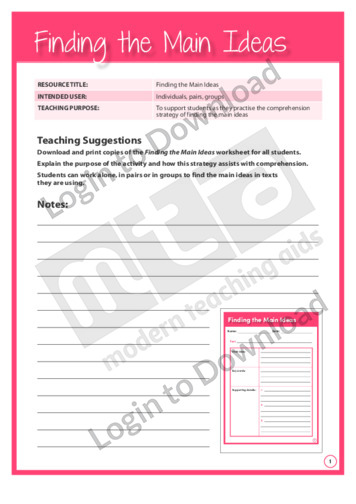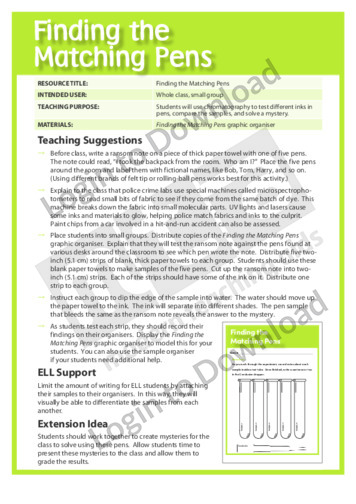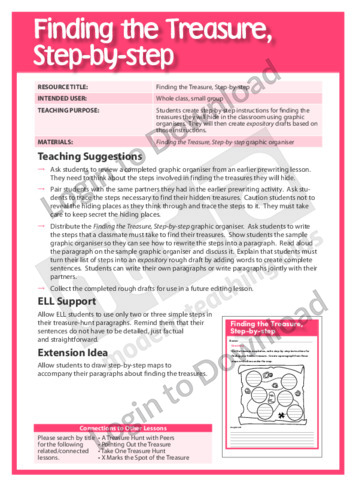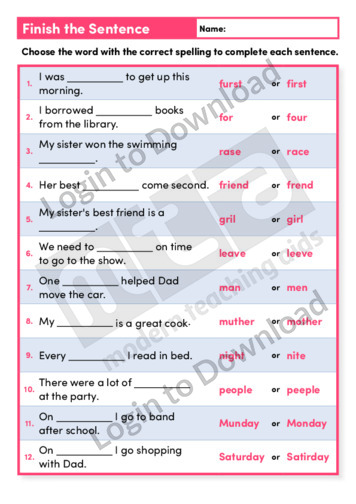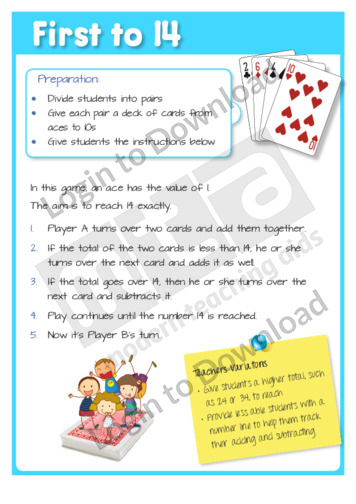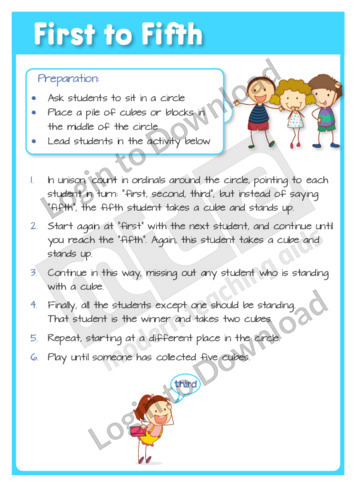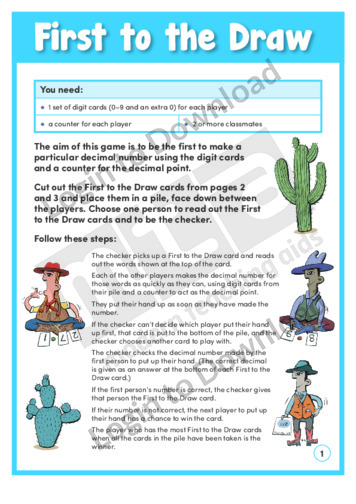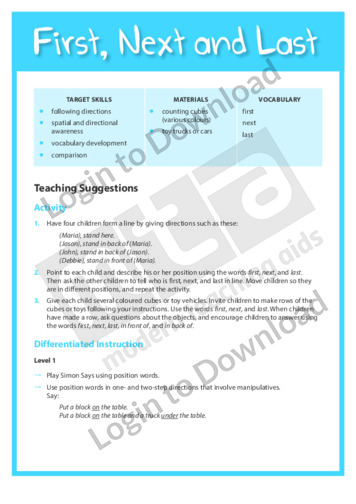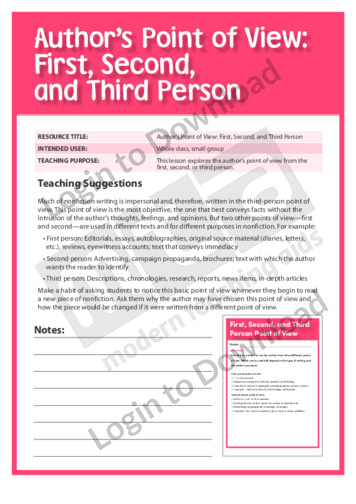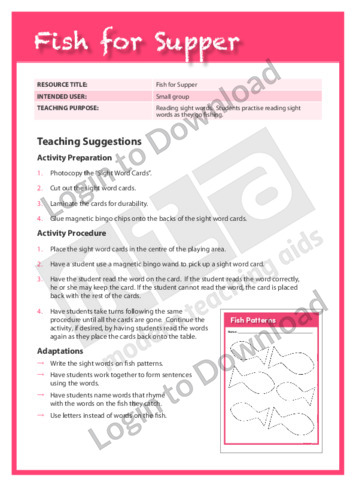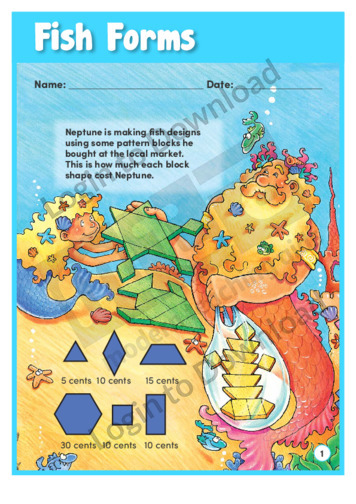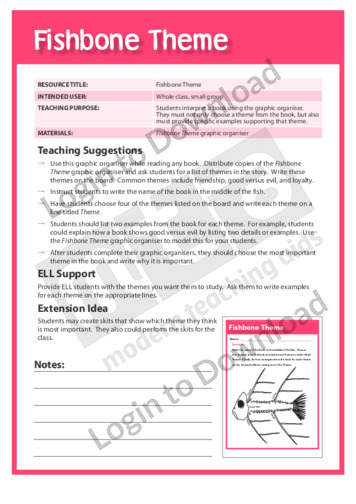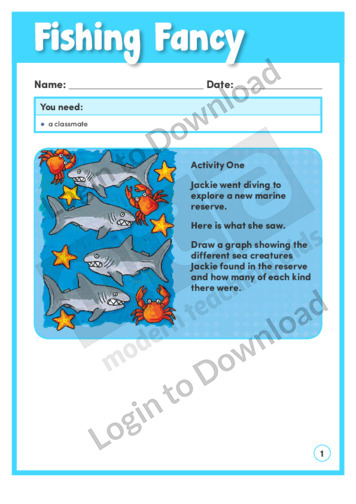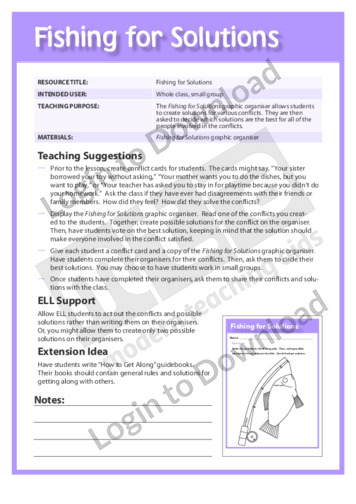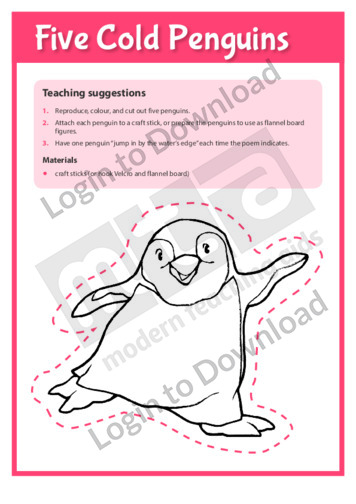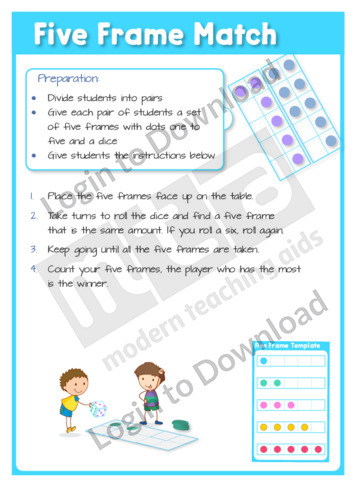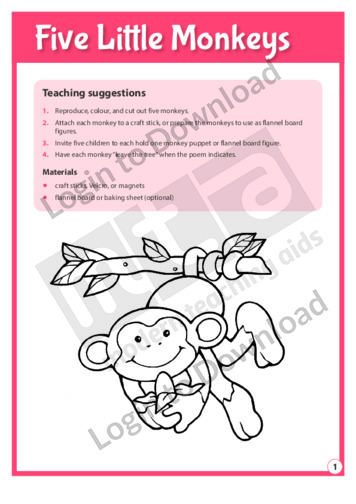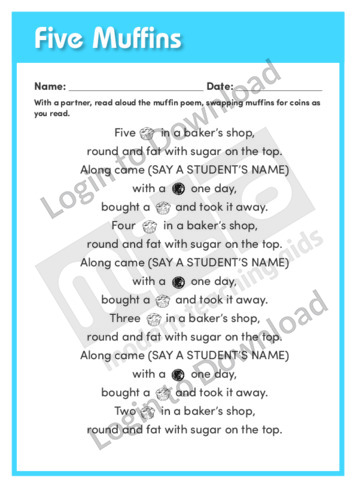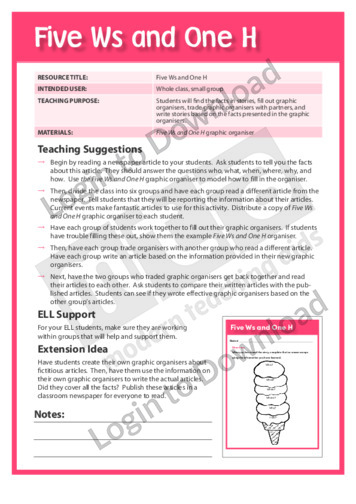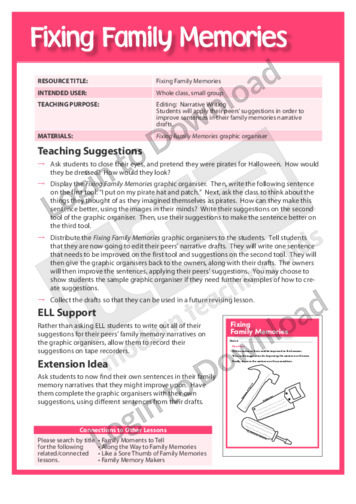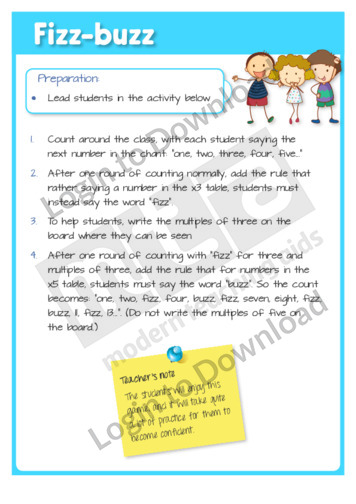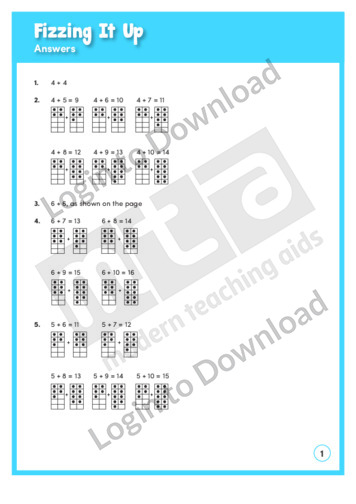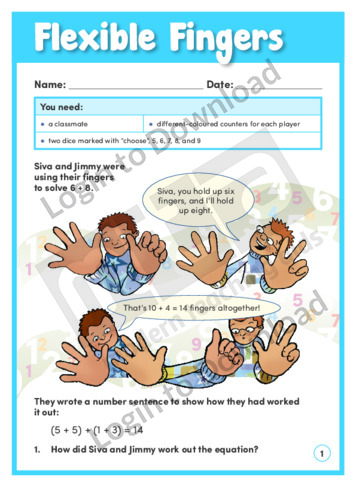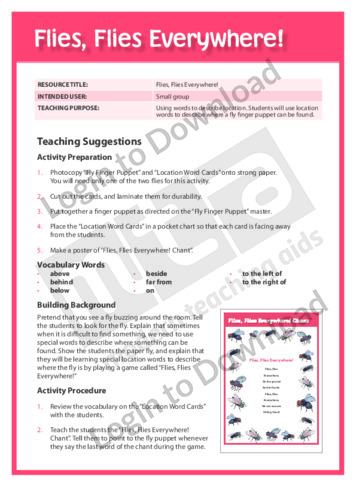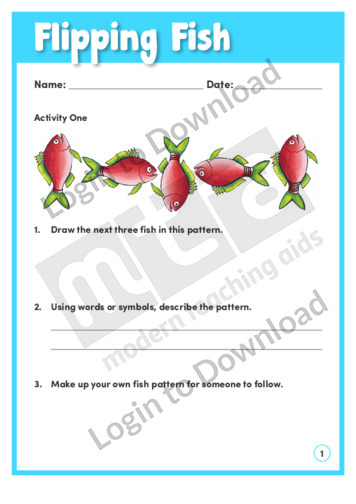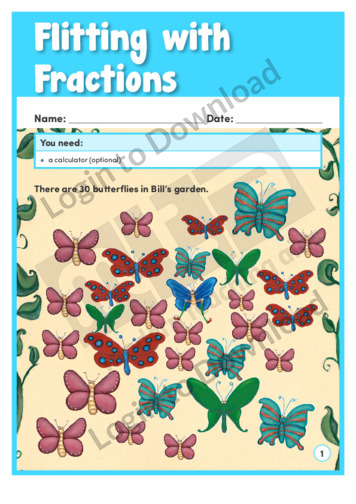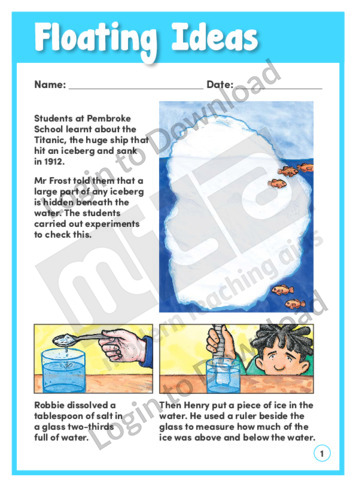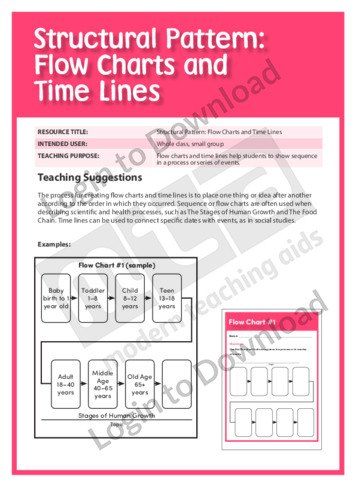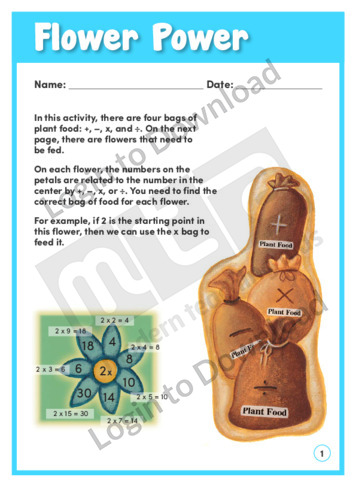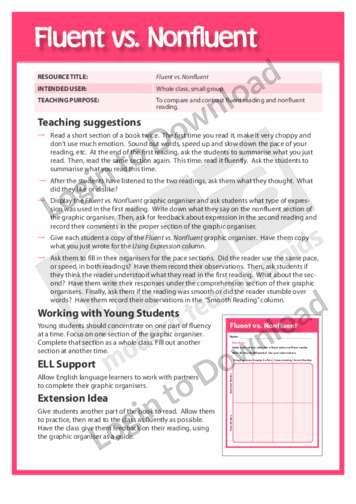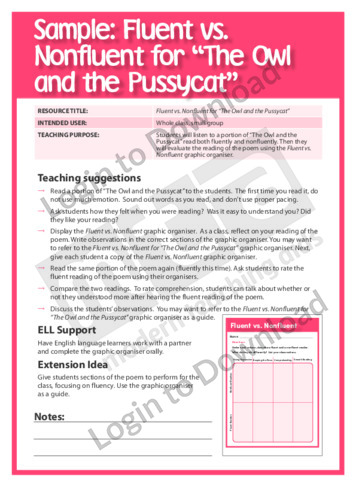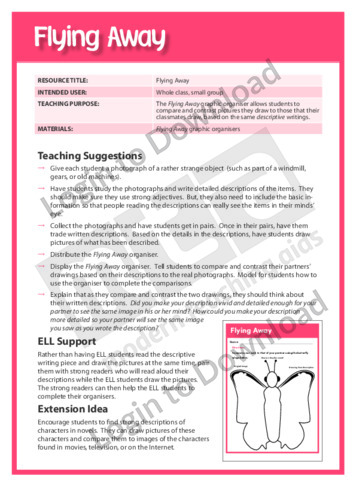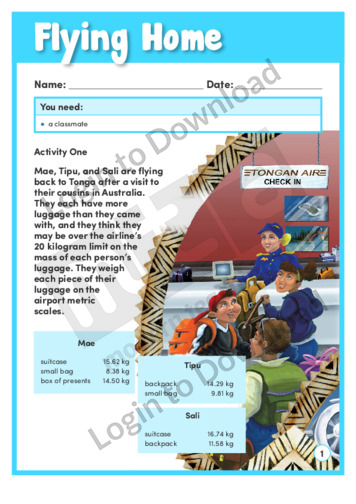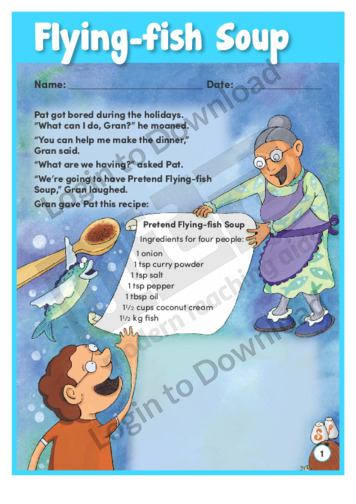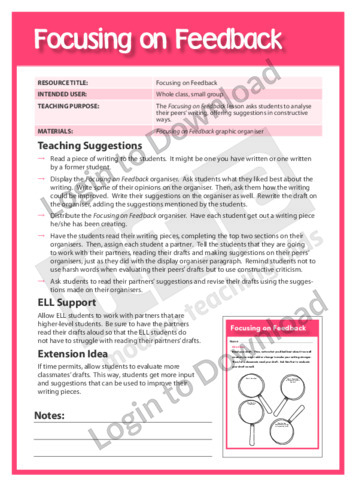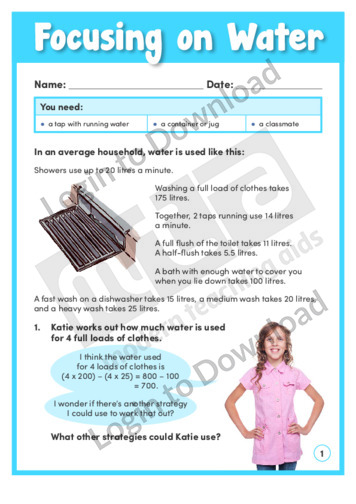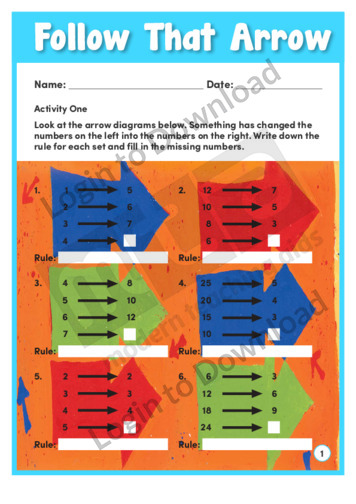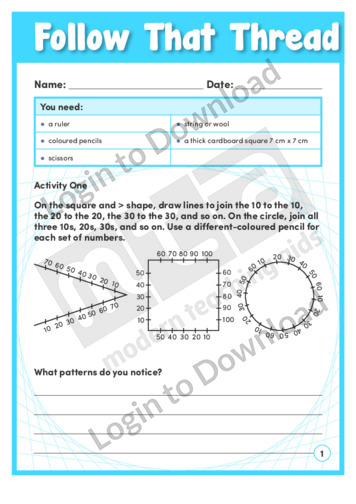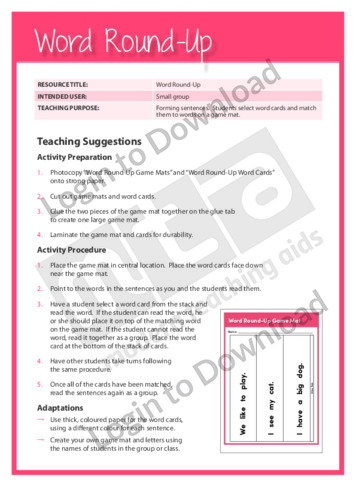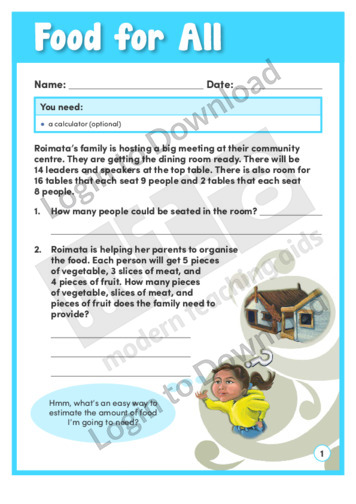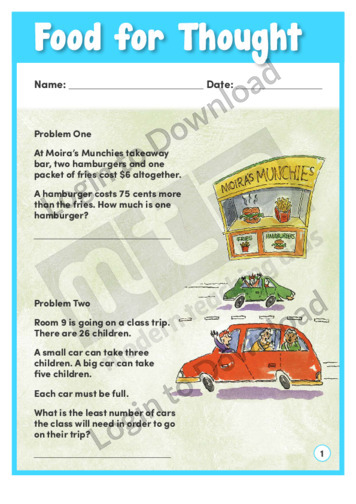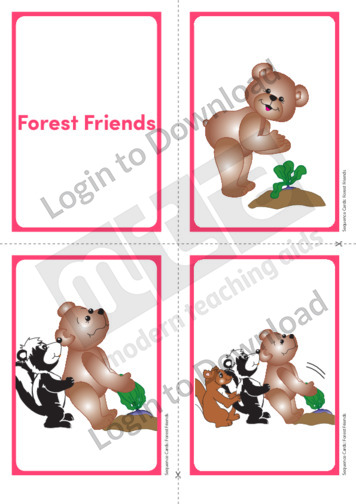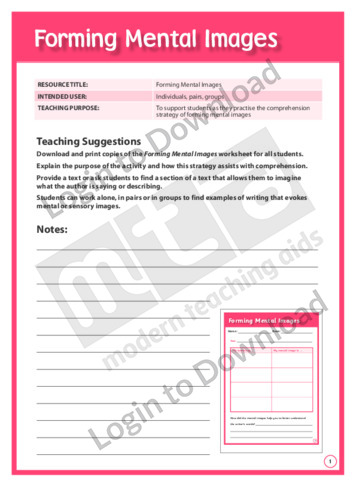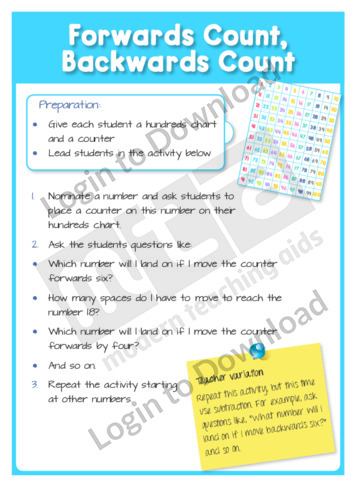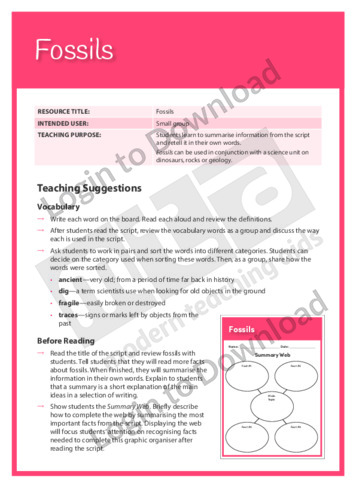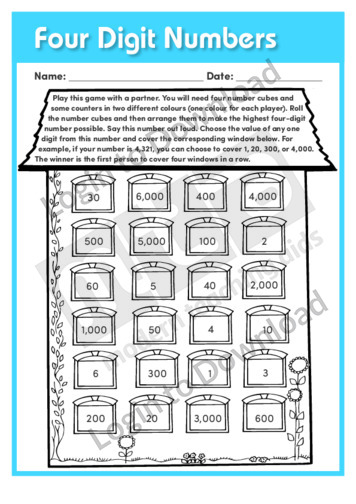This reading activity, ‘Find the Word’ provides opportunities for practice with completing the sentence using visual prompts.
This maths activity, ‘Find Your Partner’ develops basic maths skills by encouraging students to find their partner with the matching pair of numbers. It is aimed at developing students’ knowledge of numbers. It provides shape cards, number cards, number word cards and domino templates.
This reading activity, ‘Find Your Partner’ supports reading development by encouraging students to look for the person who has the same sight word as they do. It is aimed at developing students’ awareness of sight words. It provides sight word cards, uppercase alphabet cards and lowercase alphabet cards.
In the learning activity, ‘Finding Fractions’, students are challenged to use a game to identify fractions. An answer sheet is provided and includes accompanying teaching notes with suggestions for supporting learning and further exploration.
This reading comprehension activity, ‘Finding the Main Ideas’ supports language development by encouraging students to practise the comprehension strategy of finding the main ideas. Students will identify the main idea, key words and supporting details of different texts.
This graphic organiser, ‘Finding the Treasure Step-by-Step’ asks students to record the sequence of steps for finding a treasure.
This spelling activity, ‘Finish the Sentence’ provides opportunities for practice with selecting the correctly spelt word.
This maths activity, ‘First to 14’ develops basic maths skills by encouraging students to practise addition and subtraction as part of a game played in pairs with playing cards.
This maths activity, ‘First to 50’ develops basic maths skills by encouraging students to practise addition, as part of a game played in pairs with a calculator.
This maths activity, ‘First to Fifth’ develops basic maths skills by encouraging students to practise counting in ordinals as part of a game played as a class.
Thankfully, the fun game ‘First to the Draw’ uses cards with digits and decimals rather than guns! Students draw number cards and must use place values to be the first with the correct answer. This activity includes comprehensive teaching notes to be read before beginning the activity with students, as they feature useful background information …More
This Beginning Maths activity, ‘First, Next and Last’ encourages students to develop spatial and directional awareness by identifying the position sequence of various objects.
This content area reading learning activity, ‘First, Second, and Third Person,’ teaches students about different points of view. It is aimed at showing students how authors can write in first, second or third person point of view, depending on their purpose.
This art project ‘Fish Banner’ enables students to create fish-themed banners. It is aimed at developing students’ awareness of basic artistic procedures. It provides a list of materials, easy-to-follow step-by-step art instructions and a recommended art book.
The learning activity, ‘Fish Fair’ uses a sea theme to instruct students in playing the old cup and coin game. In this version, cups represent sea shells and counters are used for pearls as students try to predict where the pearls are hidden. The activity supports the exploration of predicting the likelihood of an outcome …More
This reading activity, ‘Fish for Supper’ supports reading development by encouraging students to practise reading sight words as they go fishing. It is aimed at developing students’ awareness of sight words. It provides fish patterns and sight word cards.
In the learning activity, ‘Fish Forms’ students calculate the values of different fish-forms that have been made from geometric shapes. Each shape has an assigned monetary value. Students need to identify the shapes and used strategies to find the total value of each fish form. An answer sheet is provided and includes accompanying teaching notes …More
This sequencing activity, ‘Fish Pattern Block?’ develops comprehension through sequencing images about creating a fish pattern with blocks.
This graphic organiser, ‘Fishbone Theme’ asks students identify themes from within a book, providing specific examples to support that theme.
This graphic organiser, ‘Fishing for Solutions’ allows students to create solutions for various conflicts and to decide which solutions are the best.
This graphic organiser, ‘Fishing for the Facts’ allows students to recall, as well as write in their own words, the important information from a text.
This early learning activity, ‘Five Cold Penguins’ provides instructions on how to make penguin stick puppets followed by an accompanying song.
This maths activity, ‘Five Frame Match’ develops basic maths skills by encouraging students to practise number recognition as part of a five-frame game played in pairs. It includes five frames and six-sided dot and numeral dice templates to be distributed to each pair.
This early learning activity, ‘Five Little Fishes’ provides instructions on how to make whale and fish models followed by an accompanying song.
This early learning activity, ‘Five Little Monkeys’ provides cut-outs to make monkey stick puppets followed by an accompanying song.
This subtraction learning activity, ‘Five Muffins’ asks students to practise with subtraction.
This graphic organiser, ‘Five Ws and One H’ helps students find facts in stories and write their own stories based on the facts they have found.
This graphic organiser, ‘Fixing Family Memories’ supports students in editing and revising their family writing drafts.
This maths activity, ‘Fizz-buzz’ develops basic maths skills by encouraging students to practise counting in multiples of three and five as part of an engaging elimination game played as a class.
This learning activity, ‘Fizzing It Up’, asks students to solve a series of equations using counters and the supplied tens frames. It helps students to recognise patterns that connect addition and subtraction facts. An answer sheet is provided and includes teaching notes with suggestions for supporting learning and further exploration.
In the learning activity, ‘Flexible Fingers’, students are challenged to use the five-based strategy to help them with addition. An answer sheet is provided and includes accompanying teaching notes with suggestions for supporting learning and further exploration.
This vocabulary development activity, ‘Flies, Flies, Everywhere!’ supports vocabulary development by encouraging students to use location words to describe where a fly finger puppet can be found. It is aimed at helping students use words to describe location. It provides a fly finger puppet (along with instructions on how to make it), location word cards …More
The learning activity ‘Flipping Fish’ provides two activities for practising a sequential pattern. In the first activity, there are two variables to consider. In the second activity, students uncover the fascinating Fibonacci sequence. An answer sheet is provided and includes accompanying teaching notes with suggestions for supporting learning and further exploration.
This learning activity, ‘Flipping Fractions’, provides cards and instructions for a game of Fraction Memory. Students also complete an activity involving 12 pieces of chocolate slice to be shared. An answer sheet is provided and includes teaching notes with suggestions for supporting learning and further exploration.
Bill has 30 butterflies in the garden shown in this learning activity, ‘Flitting with Fractions’. Students have to use fractions to solve problems when Bill and his friends catch the butterflies. An answer sheet is provided and includes accompanying teaching notes with suggestions for supporting learning and further exploration.
How big is an iceberg? The learning activity, ‘Floating Ideas’ helps students understand that most of an iceberg is under the water. Students use estimates to work out the amount of ice is below the surface in a series of examples, and explain why a ruler is or is not the best way to measure …More
This content area reading learning activity, ‘Flow Charts and Time Lines,’ helps students show sequence in a process or series of events. It is aimed at developing students’ understanding of structural patterns and includes examples and templates of flow charts and time lines.
This learning activity, ‘Flower Power’, features a garden of flowers. Students must feed each flower a single operation that relates the numbers on its petals to the number in its centre. An answer sheet is provided and includes teaching notes with suggestions for supporting learning and further exploration.
This graphic organiser, ‘Fluent vs. Non-fluent’ asks students to compare and contrast fluent reading and non-fluent reading.
This graphic organiser, ‘Fluent vs. Non-fluent for The Owl and the Pussycat’ asks students to listen to and evaluate a passage from The Owl and the Pussycat read both fluently and non-fluently.
This graphic organiser, ‘Flying Away’ supports students in developing writing skills by comparing and contrasting texts, focusing on the use of adjectives to create meaning.
The engaging learning activity, ‘Flying Home’ shows what happens when friends weigh their luggage at the airport for a flight home. Students need to calculate weights, averages, and loads to help the friends reach Tonga. This activity includes comprehensive teaching notes to be read before beginning the activity with students, as they feature useful background …More
This learning activity, ‘Flying-fish Soup’, can introduce the concept of ratio. Students must help Pat adjust Gran’s recipe to serve different numbers of people. An answer sheet is provided and includes teaching notes with suggestions for supporting learning and further exploration.
This graphic organiser, ‘Focusing on Feedback’ provides students with the opportunity to evaluate their writing through peer review and feedback.
How much water does a family use? In the activity, ‘Focusing on Water’, students use information from the family to work out how much water is being used through the day. They can also carry out an investigation into the amount of water lost through a dripping tap. This activity includes comprehensive teaching notes to …More
This art project ‘Foil Art Etching’ enables students to create shiny pictures from aluminium foil. It is aimed at developing students’ awareness of basic artistic procedures. It provides a list of materials, easy-to-follow step-by-step art instructions and a list of recommended art books.
This learning activity, ‘Follow That Arrow’, explores the concept of number relationships. Students must work out the rule to complete the number patterns. An answer sheet is provided and includes teaching notes with suggestions for supporting learning and further exploration.
This learning activity, ‘Follow That Thread’, explains how to make curve pictures by drawing lines on shapes and threading wool or string on cards. The lines create the envelopes of conic sections: ellipses, parabolas, circles, and hyperbolas. An answer sheet is provided and includes teaching notes with suggestions for supporting learning and further exploration.
This reading activity, ‘Follow the Rainbow’ supports reading development by encouraging students to practise reading sight words as they follow a rainbow. It is aimed at developing students’ awareness of forming sentences. It provides a rainbow template, sight word cards and uppercase alphabet cards.
In the real-life problem solving activity, ‘Food for All’, Roimata has to work out how many people are coming to a community dinner, then calculate how much food and drink will be needed. Students need to apply their skills of estimation, multiplication, and division to help Roimata. This activity includes comprehensive teaching notes to be …More
The learning activity ‘Food for Thought’ contains a variety of short problems for students to solve and discuss. The problems engage students in thinking about the strategies they can use to solve problems that include comparing costs, distributing car passengers, and watering a tree. An answer sheet is provided and includes teaching notes to support …More
This sequencing activity, ‘ Forest Friends’ develops comprehension through sequencing images about this simple story of friends helping one another.
This reading comprehension activity, ‘Forming Mental Images’ supports language development by encouraging students to practise the comprehension strategy of forming mental images. Students will imagine what the author is saying or describing.
This maths activity, ‘Forwards Count, Backwards Count’ develops basic maths skills by encouraging students to practise counting as part of a game played as a class. It includes a hundreds chart template and counters to be distributed to students.
This Readers Theatre activity, ‘Fossils’ encourages students to summarise information from the script and retell it in their own words. It also builds reading fluency. This activity includes a script for 5 readers.
This place value learning activity, ‘Four Digit Numbers’ asks students to practise with place value.
In this learning activity, ‘Four in a Row’ two students play a game similar to Bingo. They give each other addition equations to solve and cover the answers on a game board. An answer sheet is provided and includes accompanying teaching notes with suggestions for supporting learning and further exploration.
This graphic organiser, ‘Four Square Facts’ helps students to record information that appears in written story problems and analyse what they know about this information.
It�s that easy!

